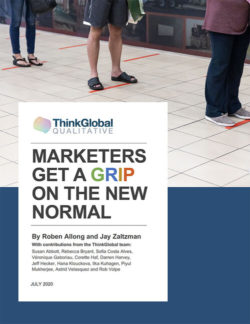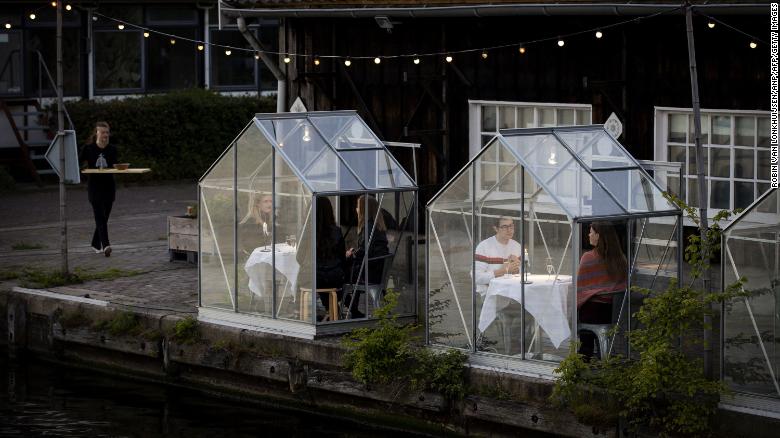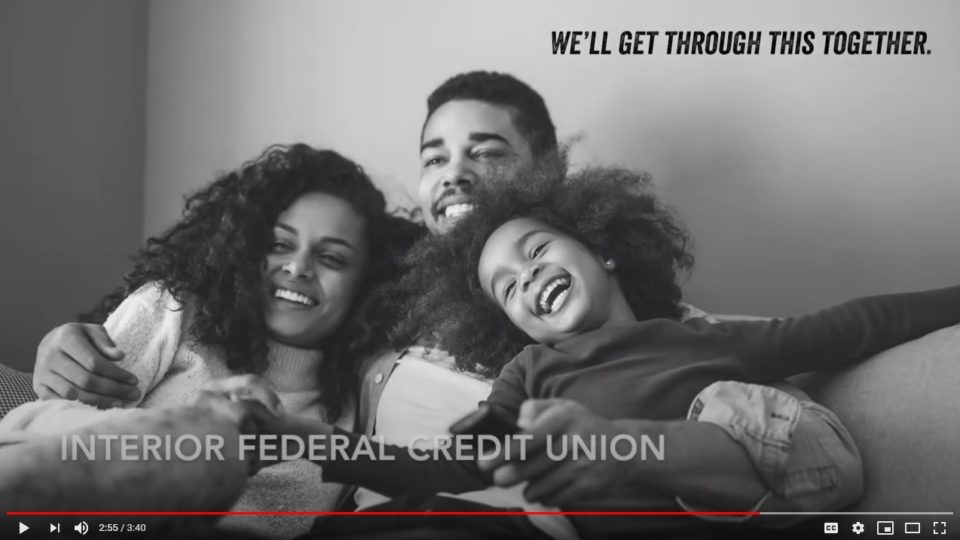I recently joined my colleagues at ThinkGlobal Qualitative in conducting research with marketing and insights leaders around the world to understand the challenges they are facing and their best practices in handling those challenges.
Their biggest question: how can we strategize and move forward during this crisis when customers’ attitudes seem to change every few weeks?
Certainly the changing circumstances have required some quick course changes for businesses around the world. But upon further discussion, we realized that obtaining a deeper understanding of our customers can uncover their foundational values to help us better navigate their changing circumstances. Qualitative research is particularly well-suited to get at that kind of deep understanding. It goes beyond the surface questions and asks “why?”
I co-wrote an article based on the research, “Marketers Get a GRIP on the New Normal.”
GRIP refers to the top four challenges discussed:
- Growth – how to maintain and grow the business in a volatile world
- Recovery – how to function most effectively in the new normal
- Innovation – figuring out the new ways brands will interact with customers
- Pivot – how to make those changes quickly and effectively
The article discusses meeting those challenges and outlines approaches companies can use to not only survive the crisis, but actually thrive. Click here for the article.
Let’s get a deeper understanding of your customers in order to figure out how your organization can meet those challenges. Call me at 760-469-9266 or email info at bureauwest.com.




